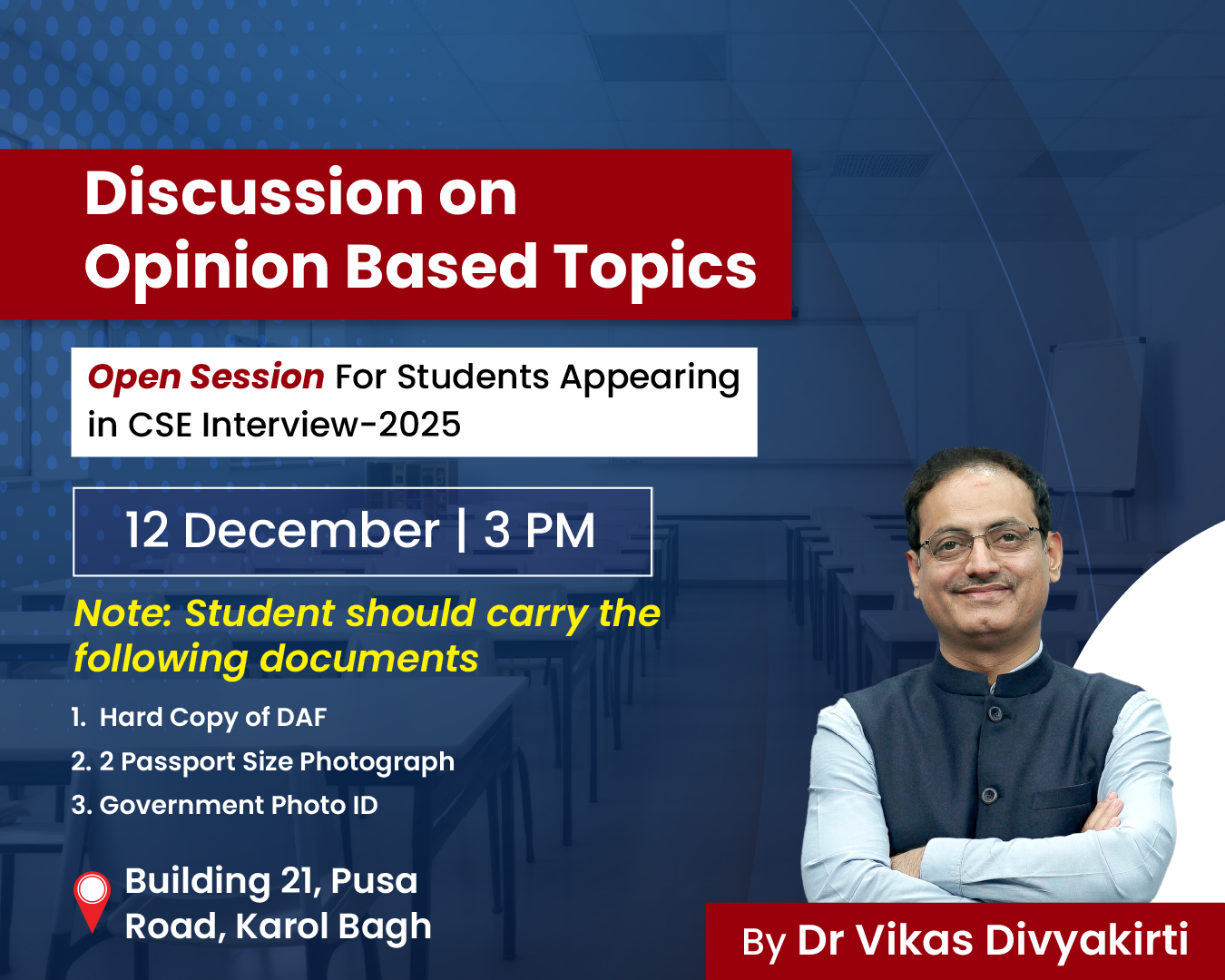- Filter By :
- Geography
- History
- Indian Heritage & Culture
- Indian Society
-
Q. Migration is both an opportunity for social mobility and a source of urban stress. Analyse the socio-economic impacts of internal migration in India and suggest measures to address its challenges. (250 words)
29 Sep, 2025 GS Paper 1 Indian SocietyApproach :
- Briefly introduce the phenomenon of migration.
- Analyse the socio-economic impacts of internal migration in India.
- Suggest measures to address its challenges.
Introduction:
The International Organization for Migration (IOM) defines a migrant as any person who is moving or has moved across an international border or within a state away from his/her habitual place of residence. Migration within India is a complex phenomenon that presents both opportunities for social mobility and significant challenges, particularly urban stress.
Body :
Magnitude of Migration:
- India had approximately 45.6 crore internal migrants in 2011 (~38% of the population).
- Recent 2023 estimates suggest around 40 crore migrants, with a migration rate of 29%.
- The majority (88%) is intra-state migration.
- Source states: Uttar Pradesh, Bihar;
- Destination states/cities: Delhi, Maharashtra, Karnataka.
- Example: Delhi’s population increased by 2.5 crore between 2001–2011, largely due to migration.
Socio-Economic Impacts of Internal Migration
- Positive Impacts:
- Economic Contribution:Fuels urban economic growth by supplying labour to industries and the informal sector.
- Migrants contribute 0.5-2.5% of GSDP in net positive migration states like Delhi, Tamil Nadu, and Maharashtra.
- Fill essential labour shortages in construction, manufacturing, and services.
Example: Migrant labourers formed the backbone of Delhi Metro construction and Mumbai’s real estate sector.
- Remittances & Rural Benefits: Remittances improve rural household incomes, reduce poverty, and enhance access to health and education.
- Example: Kerala’s high migrant remittances (approx ₹2,16,893 crores in 2023) helped uplift rural economies.
- Upward Social Mobility: Migration enables access to better education, healthcare, and employment, improving living standards.
- Economic Contribution:Fuels urban economic growth by supplying labour to industries and the informal sector.
- Negative Impacts:
- Urban Stress :Cities face overcrowding, housing shortages, inadequate sanitation, traffic congestion, and stretched infrastructure.
- Growth of slums, e.g., Dharavi in Mumbai, home to over 1 million people, illustrates urban congestion.
- Social Exclusion: Migrants often face discrimination, limited access to healthcare, education, and welfare services.
- Many work in precarious, informal jobs without social security, e.g., construction and domestic work.
- Rural Brain Drain: Migration depletes skilled labour in villages, affecting local agriculture and small industries.
- The outflow of men often leaves women to manage farms and households, leading to the feminisation of agriculture.
- Urban Stress :Cities face overcrowding, housing shortages, inadequate sanitation, traffic congestion, and stretched infrastructure.
Measures to Address Challenges
- Invest in affordable housing, sanitation, public transport, and healthcare.
- Example: Delhi’s Affordable Rental Housing Complex (ARHC) scheme for migrant workers.
- Provide portable social security, healthcare, and education benefits irrespective of residence.
- Strengthening robust migrant data collection and official recognition in urban governance.
- Create employment and livelihood opportunities to reduce distress migration.
- Example: MNREGA provides rural employment, reducing distress migration in states like Bihar and Odisha.
- Promote social inclusion through awareness campaigns and anti-discrimination efforts.
Conclusion:
Internal migration in India is a powerful engine of socio-economic mobility and urban growth, but also creates urban stress, slums, and social exclusion. Strategic urban planning, inclusive policies, and targeted rural development are essential to harness its benefits while ensuring sustainable and equitable development.
To get PDF version, Please click on "Print PDF" button.
Print PDF





